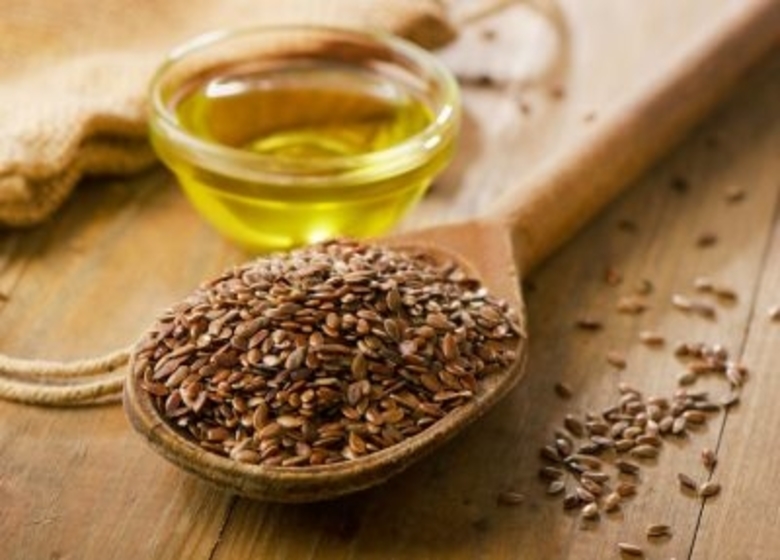What is flax?
Flax is a plant grown for both its seeds. It is eaten and also used to make flax-seed oil.
There are two kinds of flax seed – golden and brown. Both the seeds can be eaten and are roughly equivalent in terms of nutrition. Although, the brown seeds are used more commonly for cattle feed and the golden ones are more often sold for human consumption.
Benefits of Flax
- Flax is an excellent source of fibre and can both prevent and relieve constipation. The high fibre content of flax helps lower cholesterol in adulthood.
- Flax is also rich in Omega 3 fatty acids. It will help prevent inflammation and protects the body against condition thereby protecting the body against conditions like asthma, heart disease and also arthritis.
- They are particularly rich in alpha linolenic acid (ALA) which is important for bone health. It is more important for women as it promotes ovulation and even achieve hormonal balance.
- Flax is packed with antioxidants and is believed to help protect the body against many types of cancer. It offers significant protection against breast cancer in women.
- Eating flax seeds boosts the immune system and helps protect your baby against infection.
When can your baby begin to eat Flax?
Paediatricians have often told to incorporate Flax into your baby’s diet around 7-8 months. It is safer during that period. Ideally, you can begin adding Flax in your baby’s food in the form of either Flax meal (finely ground Flax Seeds) or Flax Oil.
Preparing flax seeds for your baby
Flax seeds should be finely ground for your baby. Firstly, this removes the choking risk presented by offering whole seed. Secondly, grinding the seeds makes the nutrients they contain more available to the body.
For older children, whole flax seeds can be added to bread, in a salad etc. You have to make sure when you serve flax seeds to your baby that they are to be properly chewed to release their benefits.
You can include Flax in your baby’s diet but you need to be sure to use not more than 3 teaspoon of Flax per day. You can offer it on a rotating basis until you see how it affects your little one. It’s not nearly possible to “overdose” on Flax but the dosage must be relatively low as it is a natural laxative.
Using flax in your baby food recipes
The taste of Flax is a mild, sweet, faintly nutty flavour which is totally easy to incorporate into all sorts of dishes without your baby even noticing it (if they dislike it).
You can avoid any potential digestive discomfort that the flax may cause by using it in little amounts. As and when your baby becomes accustomed to consuming flax, you can increase the amount you offer. But It must be maximum of around 2 to 3 tsp per day.

Image source – linwoodshealthfoods.com
Here’s how you can include that valuable amount in your baby’s diet!
- Add grounded flax to fruit or veggie purees.
- Sprinkle it into soups and stews.
- Add ground flax seeds/little flax-seed oil to smoothies.
- Sprinkle ground flax on to soft cooked vegetables.
- Sprinkle the grounded flax on homemade yoghurt.
- Add grounded flax in flour (up to 25%) when baking.
- Stir ground flax into cereal.
- Mix it grounded flax with breadcrumbs to use as a coating for chicken, fish, nuggets etc.
Remember: You must always consult with your pediatrician regarding introducing solid foods to your baby and specifically discuss any foods that may pose allergy risks for your baby.













